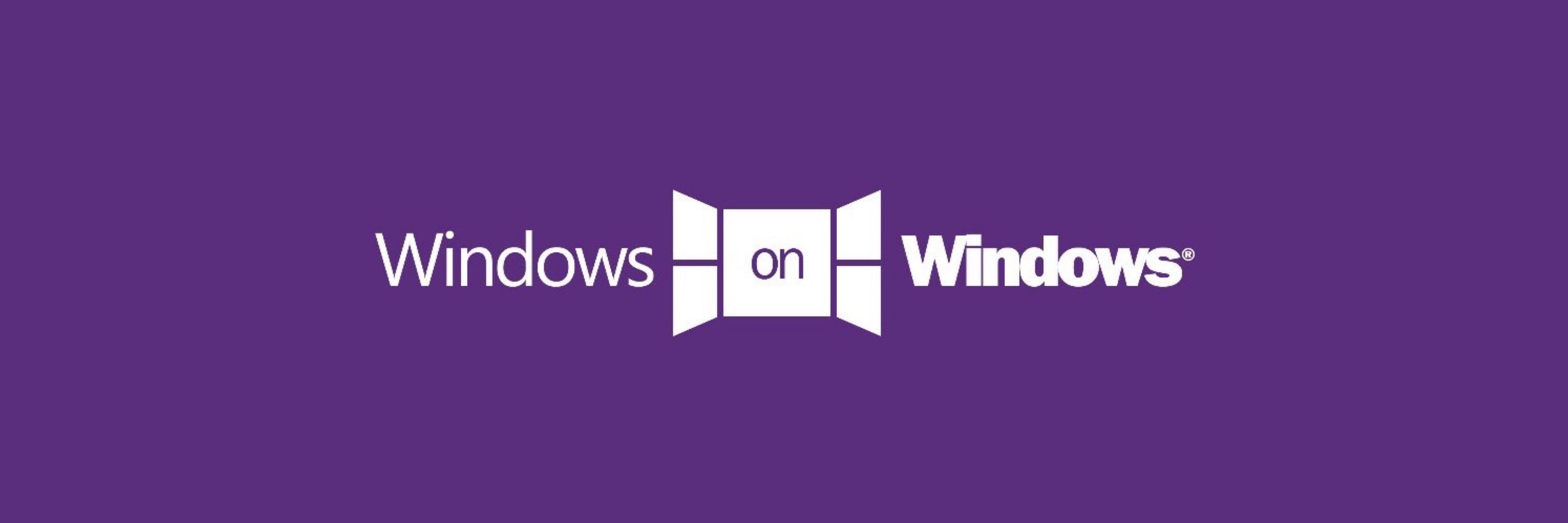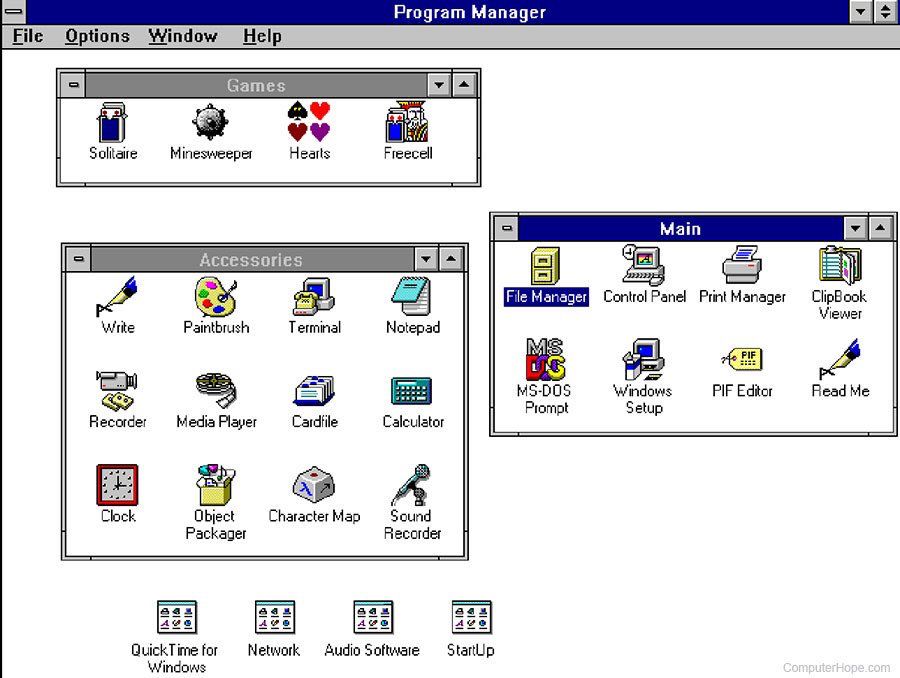Windows On Windows
@windowsonwindows.com
4K followers
100 following
770 posts
The YouTube channel on the history & development of Microsoft Windows. 📺 Join the Discord @ http://dsc.gg/wowserv! 👨🏻💻 Follow for daily Windows facts. 🤓
Posts
Media
Videos
Starter Packs

































